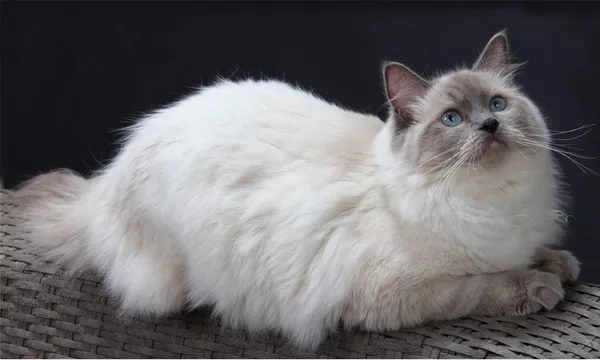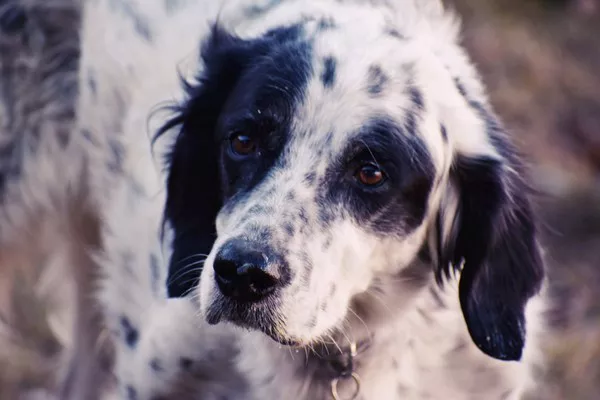Introduction to Ragdoll Cats
Ragdoll cats, a breed known for their striking blue eyes, semi-longhaired coats, and placid temperaments, have captivated cat enthusiasts since their development in the 1960s. Originating in California, the breed was created by Ann Baker, who bred a white Persian-like cat named Josephine with other longhaired cats of unknown ancestry. The result was a cat with a unique combination of traits: a large, muscular body, luxurious fur, and an affectionate, almost dog-like personality.
These cats are named “Ragdolls” due to their tendency to go limp and relaxed when picked up, mirroring the characteristics of a child’s ragdoll. This breed’s gentle nature, combined with its impressive size, makes it a favorite among cat lovers seeking a friendly and manageable companion.
Physical Characteristics of Ragdoll Cats
Ragdoll cats are among the largest domesticated cat breeds. Males typically weigh between 15 to 20 pounds, with some individuals even reaching 25 pounds. Females are slightly smaller, generally ranging from 10 to 15 pounds. Their growth patterns are slower compared to other breeds, often taking up to four years to reach full maturity.
Size and Weight Range
Males: 15-20 pounds (up to 25 pounds)
Females: 10-15 pounds
Growth Patterns
Ragdolls grow at a gradual pace, with noticeable size increases occurring well into their second and third years. This extended growth period contributes to their robust and muscular physiques, complemented by a dense, plush coat that enhances their already substantial size.
See Also:How Big Can a Ragdoll Cat Get?
Comparison with Average Domestic Cats
Average domestic cats, often referred to as “moggies” or mixed-breed cats, typically weigh between 8 to 12 pounds, with males slightly heavier than females. Their growth period is also shorter, usually reaching full size by one year of age. When comparing the two, the size difference is quite apparent, with Ragdolls often being nearly twice the size of the average domestic cat.
Factors Influencing Size
Genetics
Genetics play a crucial role in determining the size of Ragdoll cats. The breed’s foundation cats were selected for their larger size and robust build, traits that have been perpetuated through careful breeding practices. Breeders focus on maintaining these characteristics, ensuring that each generation continues to embody the breed’s signature size and stature.
Nutrition
Proper nutrition is essential for the optimal growth and development of Ragdoll cats. A diet rich in high-quality protein supports muscle development, while balanced nutrients ensure overall health. Overfeeding or underfeeding can adversely affect their size, leading to obesity or stunted growth.
Health Care
Regular veterinary check-ups are vital to monitor growth patterns and address any health issues that may impact size. Conditions such as hormonal imbalances or parasitic infections can hinder a Ragdoll’s development, emphasizing the importance of proactive health care.
Living with a Ragdoll Cat
Space Considerations
Given their larger size, Ragdoll cats require more space than the average domestic cat. They appreciate roomy environments where they can stretch, play, and explore without feeling cramped. Cat trees, large litter boxes, and ample floor space for movement are essential for their well-being.
Exercise Needs
Despite their laid-back nature, Ragdolls need regular exercise to maintain a healthy weight and muscle tone. Interactive play sessions, climbing structures, and puzzle toys can help keep them active and engaged.
Compatibility with Other Pets and Family Members
Ragdolls are known for their gentle and sociable nature, making them excellent companions for families with children or other pets. Their size and calm demeanor make them less likely to be intimidated by larger animals, and their affectionate personality endears them to all family members.
Care and Grooming
Grooming Requirements
The Ragdoll’s size and luxurious coat require regular grooming to prevent matting and hairballs. A weekly brushing routine helps maintain their coat’s condition and reduces shedding. Due to their size, more time and effort are needed compared to smaller cats.
Health Issues
Ragdolls are predisposed to certain health issues, such as hypertrophic cardiomyopathy (HCM) and bladder stones. Regular veterinary care is essential to monitor for these conditions. Their size can also lead to joint issues, making weight management crucial to prevent stress on their joints.
See Also:different colors of Ragdoll cats
Behavioral Traits
Size Influence on Behavior
While size itself does not directly influence a Ragdoll’s behavior, their substantial build often contributes to their relaxed and docile nature. They are less likely to exhibit hyperactive behaviors common in smaller, more agile cats. Instead, they tend to be calm, affectionate, and content to spend time with their human companions.
Temperament Comparisons
Ragdolls are known for their easygoing temperament, often described as “puppy-like.” They enjoy following their owners around the house and are typically more tolerant of handling than average domestic cats. This makes them ideal for families seeking a low-maintenance, loving pet.
Social Needs
Ragdolls thrive on social interaction and can become lonely if left alone for extended periods. They appreciate the company of their human family and other pets, making them unsuitable for households where they would be left alone frequently.
Adoption Considerations
Space and Resources
Prospective owners should consider the space and resources required to accommodate a larger breed like the Ragdoll. Sufficient living space, larger litter boxes, and robust scratching posts are necessary to meet their needs. Additionally, owners should be prepared for the potential costs associated with their care and health maintenance.
Time and Attention
Ragdolls require significant time and attention from their owners. Their social nature means they need regular interaction and companionship. Potential owners should ensure they can dedicate the time needed to meet these social and emotional needs.
Testimonials and Case Studies
Real-Life Stories
Many Ragdoll owners share positive experiences regarding the breed’s size and temperament. For instance, Jane, a long-time Ragdoll owner, notes that her cat Max’s size made him a comforting presence in the home, often acting as a gentle giant among her young children. Similarly, Tom, who adopted a Ragdoll named Bella, appreciates her calm demeanor and how her size contributes to her majestic appearance.
Size-Related Experiences
Owners often mention the initial surprise at their Ragdoll’s size but quickly adapt to the breed’s unique requirements. They highlight the importance of spacious living areas and the joy of having a larger, affectionate cat that fits well into family life.
Conclusion
In conclusion, Ragdoll cats stand out due to their impressive size, gentle nature, and affectionate personalities. While they require more space and care compared to average domestic cats, the rewards of owning a Ragdoll are significant. Potential owners should consider their living environment, time commitment, and resources before adopting this larger breed. Ultimately, choosing between a Ragdoll and an average domestic cat depends on personal preferences and lifestyle. For those seeking a loving, larger-than-life companion, the Ragdoll is an excellent choice.
Related Topics:






















